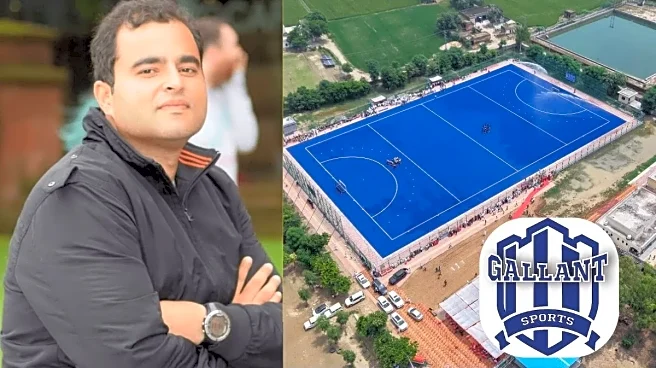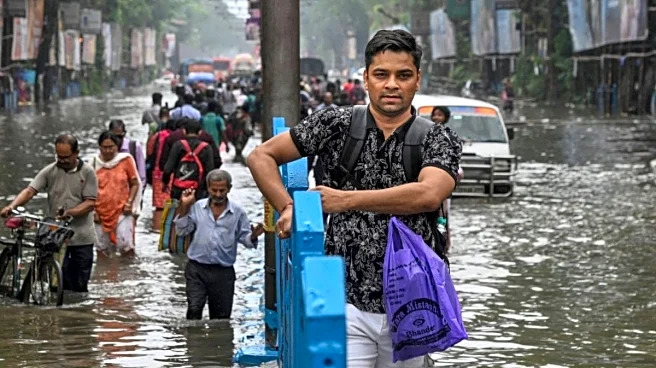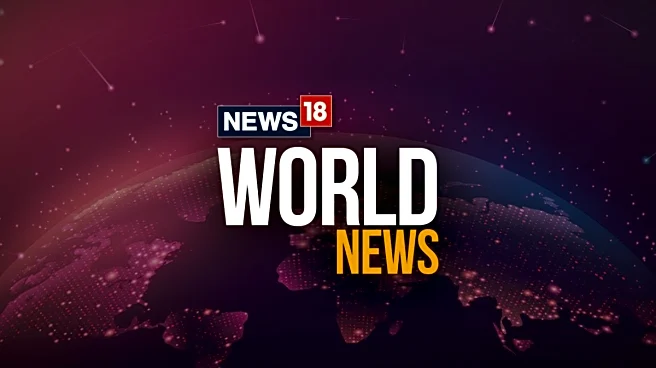As the countdown to the 2029 Lok Sabha elections begins, the Centre is stepping up its ambitious plan to bring Indus River waters to large parts of North India. What began as a technical exercise is now
shaping into a political, strategic and developmental push, building on the government’s April decision to place the Indus Waters Treaty in abeyance following the Pahalgam terror attack.
Last Friday, Union Home Minister Amit Shah and Jal Shakti Minister C.R. Patil chaired a high-level review in Delhi with senior officials of the Government of India. Delhi Chief Minister Rekha Gupta was also in attendance, as the meeting took stock not only of the Indus-Beas link but also the Yamuna River Front project.
At the heart of the plan is a 14-kilometre-long tunnel designed to connect the Beas and Indus rivers. Sources confirmed that work has already begun on the Detailed Project Report (DPR), with engineering giant L&T tasked with preparing it within a year.
Officials admitted the tunnel poses a formidable challenge, given the rugged Himalayan terrain. Geological studies will map the strength of mountain rock, and in stretches of weaker rock, pipelines will be laid to ensure both speed and safety of construction.
Alongside the tunnel, plans for a canal are also being finalised, promising long-term water security for Rajasthan, Jammu & Kashmir, Delhi, Haryana and Punjab.
Modi’s Water Doctrine: From Geopolitics To Governance
Prime Minister Narendra Modi has made water security a cornerstone of his public rhetoric, repeatedly linking it to national security and self-reliance. In his first address to the nation in May, since the launch of Operation Sindoor, he had said that “Terror and talks cannot go together… Terror and trade cannot go together…. Water and blood cannot flow together,” signalling a policy that weds development priorities with a sharper stance against Pakistan.
The decision to suspend the Indus Waters Treaty in April has since given momentum to a range of water infrastructure projects long on the drawing board. Among them is a 130-kilometre canal connecting the Beas River with the Ganga Canal, with a proposed extension to the Yamuna. Spanning nearly 200 kilometres and including a 12-kilometre tunnel, the initiative could one day see Yamuna waters flow all the way to Gangasagar, marking a historic engineering and hydrological achievement.
The government has indicated that work on this larger Beas–Ganga–Yamuna corridor is advancing rapidly and could be completed in two to three years.
Diplomatic Fallout And Strategic Messaging
The political and diplomatic implications of India’s suspension of the Indus Waters Treaty continue to reverberate. Experts had warned at the time that the move could severely affect Pakistan’s rabi crop cycle, potentially disrupting agricultural planning and urban water supply. While kharif crops were expected to remain less affected, the long-term impact on daily life and irrigation was projected to be significant.
Islamabad had approached the World Bank, invoking the treaty’s dispute resolution clause. However, the Bank declined to intervene, describing India’s decision as an internal matter.
Indian officials, meanwhile, maintain that the original treaty, drafted in the 1950s and 60s, is no longer fit for purpose in an era of melting glaciers, erratic monsoons, population stress, and surging energy demands. Pakistan’s refusal to update or renegotiate the agreement, they argue, is a breach of the treaty’s spirit if not the letter.
Outreach Push In North India
As part of a wider push to align water diplomacy with domestic development messaging, the Centre announced in June a public outreach campaign to explain the rationale behind suspending the Indus Waters Treaty. The campaign is aimed at voters in northern states, where improved water availability could have a lasting impact on both agriculture and daily life.
Ministers such as Shivraj Singh Chouhan, C.R. Patil, and Bhupender Yadav are expected to travel across Punjab, Haryana, and Rajasthan, holding grassroots-level engagements with farmers, local officials, and civil society groups. The aim is to present the suspension not merely as a foreign policy move, but as a national resource strategy tied to local irrigation, drought-proofing, and water security.
Development, Diplomacy, And The 2029 Roadmap
The convergence of electoral timing, infrastructure expansion, and diplomatic recalibration is unmistakable. For the Modi government, the Indus is no longer just a river system, it is a frontline in India’s developmental, electoral, and strategic narrative.

/images/ppid_a911dc6a-image-175871803740645989.webp)

/images/ppid_59c68470-image-175878254235622492.webp)



/images/ppid_59c68470-image-175871254565261460.webp)

/images/ppid_59c68470-image-175860504698229069.webp)




